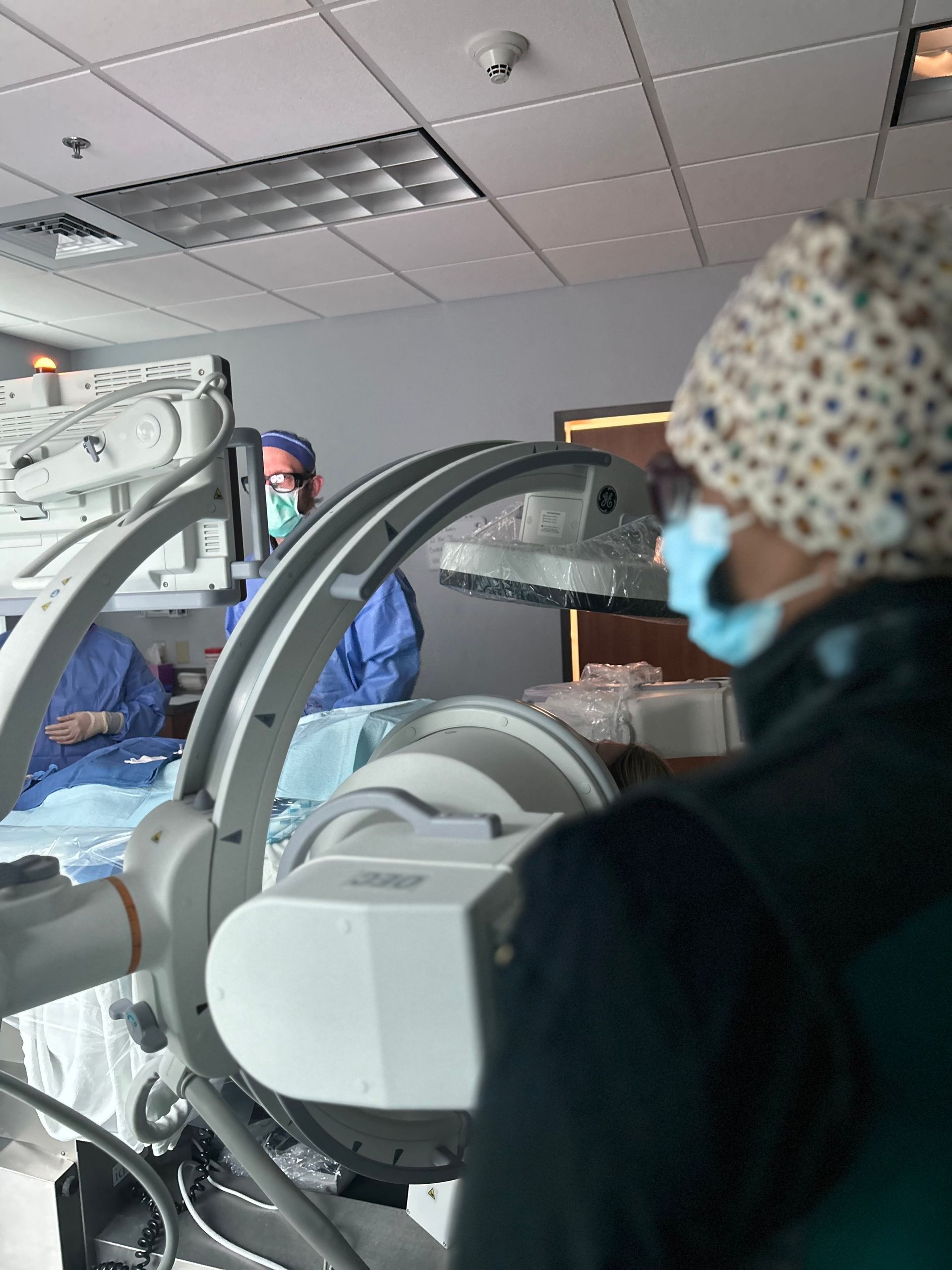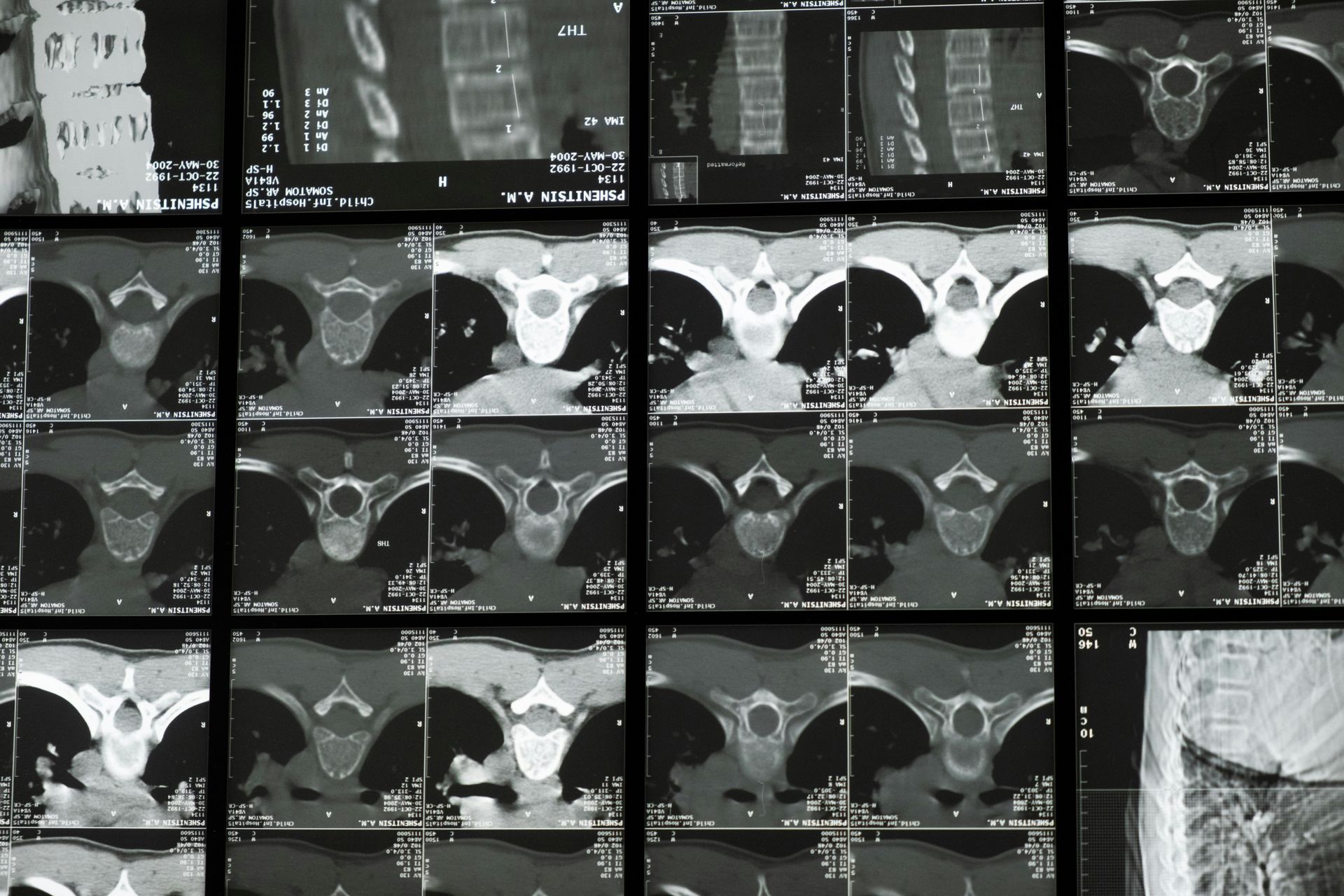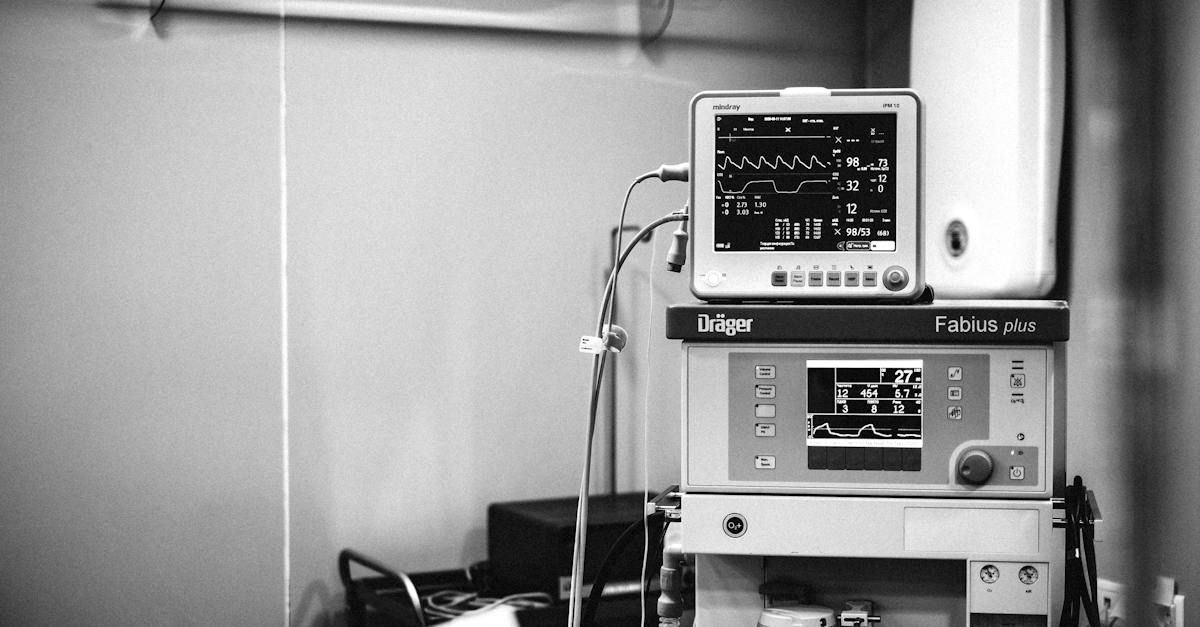1840 Medical Center Parkway | Seton Building, Suite 200 | Murfreesboro, TN 37129
Call Now: (615) 849-7490
1840 Medical Center Parkway | Seton Building, Suite 200 | Murfreesboro, TN 37129
Call Now: (615) 849-7490
Show More
Phone: (615) 849-7490
Fax: (615) 890-7838
© 2025
All Rights Reserved | Murfreesboro Vascular & Interventional
Careers | Privacy Policy | Site by Infinity Medical Marketing












